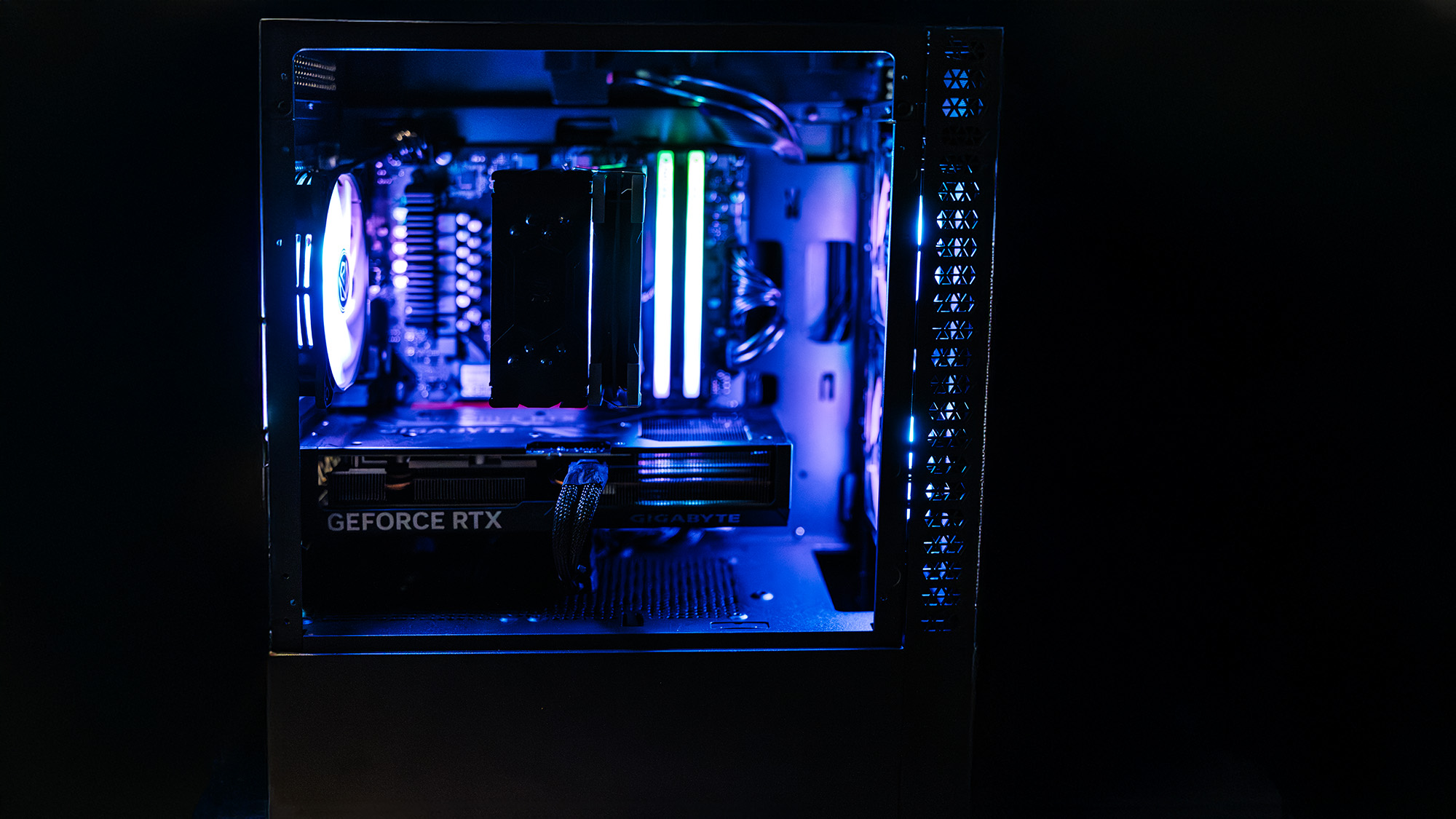Blue Prince tips: 10 useful tricks for mastering the mysterious mansion
Before you set foot in the ever-changing mansion, here's some spoiler-free advice to make things easier.

In Blue Prince you've inherited a mysterious mansion, but the twist is you also have to build that mansion, one room at a time, while you explore it. The deeper you get, the more mysteries you'll find, and even as you unravel one you'll stumble across a few more to take its place.
There's a lot to grasp in the early hours of this puzzle strategy adventure, and as you begin your search through the 45-room mansion in search of its hidden 46th room, you might need some help getting your feet under you. Here's 10 spoiler-free tips to make your trips through the mansion a bit easier to manage.
Don't beeline for the antechamber
I know, I know, there's a big empty grid and right at the top there's a square marked "antechamber." Who could resist trying to make a beeline straight for it? It's so darn intriguing.
But you won't get there if you're aiming for it like a guided missile. The further north you go (each grid square north you travel adds one to the "rank" of the room you draft) the more locked doors you'll encounter—and the odds of drafting a perfect series of rooms with northern-facing doors isn't in your favor anyway.
You'll need to draft a winding route through the mansion, not build in a straight line, to collect all the keys and gems you can to make the higher ranks of rooms easier to deal with.
Your main goal should always be to fill the house with rooms
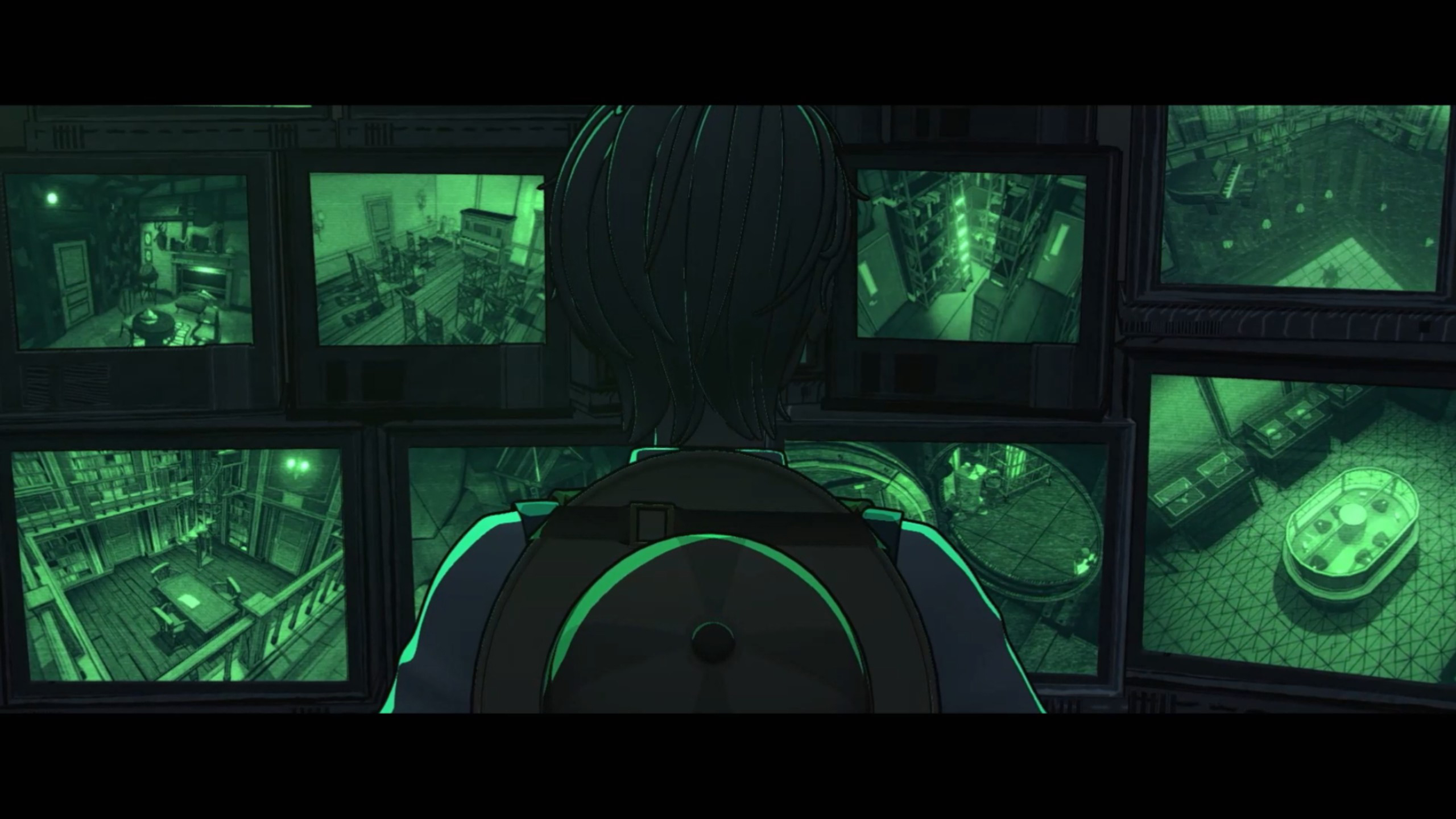
Your goal may change from day to day: reach the antechamber, find the 46th room, solve a puzzle, draft a specific room, use a special key you found. But your constant goal should always be to fill the house with as many rooms as possible. The more rooms you draft, the more resources you'll collect, the more likely you are to draft the specific room you want, and the better chance you'll have to see rare or completely new rooms come up in your drafts.
Build the biggest house you can every single time you play and your real goals will become much easier to accomplish.
Keep an eye peeled for spare keys, coins, and gems
One trip through the house with a metal detector will clue you into a secret: there's extra resources scattered around that you never knew were there. So keep your eyes peeled even when you don't have a detector. You'll sometimes spot an extra key on a table, a gem on a nightstand, a coin on the floor, a snack on a countertop. They're often hard to spot, even with a detector, but they'll help on your current run.
Useable items aren't highlighted
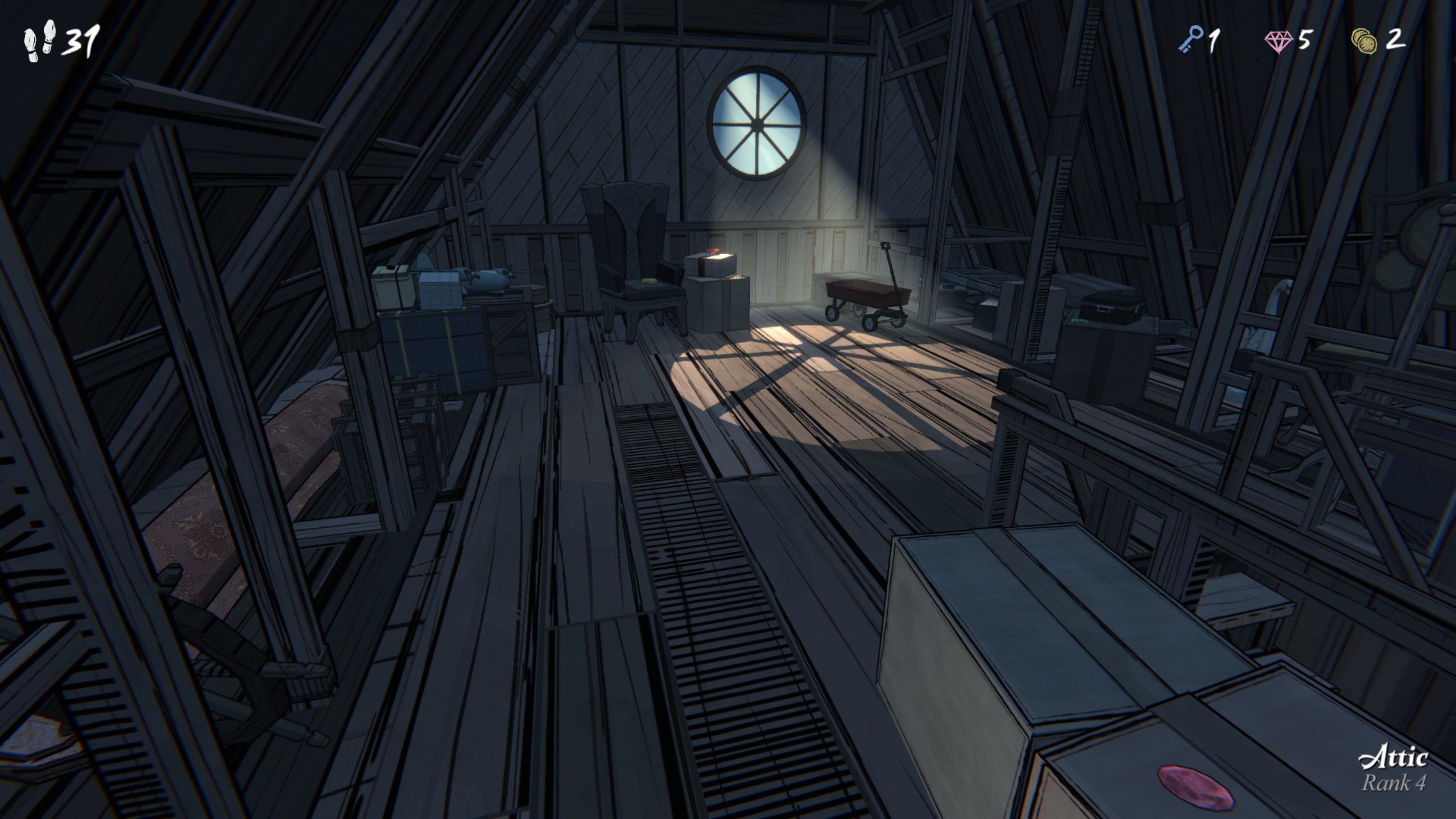
In the same vein: don't expect glowing lines around items you can pick up or use. This isn't a game that waves its arms to get your attention. Reusable items like the shovel, sledgehammer, lockpick kit, security keycard, compass: they don't stand out from the environment you find them in. Maybe you'll know to look for them in a toolshed or closet, but they'll appear elsewhere in the house, too. Until you learn to recognize them, you might miss them, so walk up close to everything that might be a tool and see if your cursor changes from a pointer to a hand.
Strategically draft the rooms you hate
The lavatory. A dead-end red room. We all hate it, so why would anyone willingly draft it? Thing is, if it or another room you don't like comes up in your draft, it's probably going to keep coming up on that same day, again and again. It can be best to draft rooms you don't want early, even if it's not convenient, rather than waiting for them to show up at a critical moment deeper into the mansion when you're short on options.
Backtracking can pay off
Say you start building west from the entrance hall and it's going great, even three or four ranks in, and you've got a couple open doorways to draft from. I'll often stop and backtrack to the entrance to build out the east side of the house. Before you get too far up in the ranks, make sure your lower ranks have been built, even if it means burning a bunch of steps to backtrack. Once again, the ultimate message is: fill the house with rooms.
Take notes and screenshots
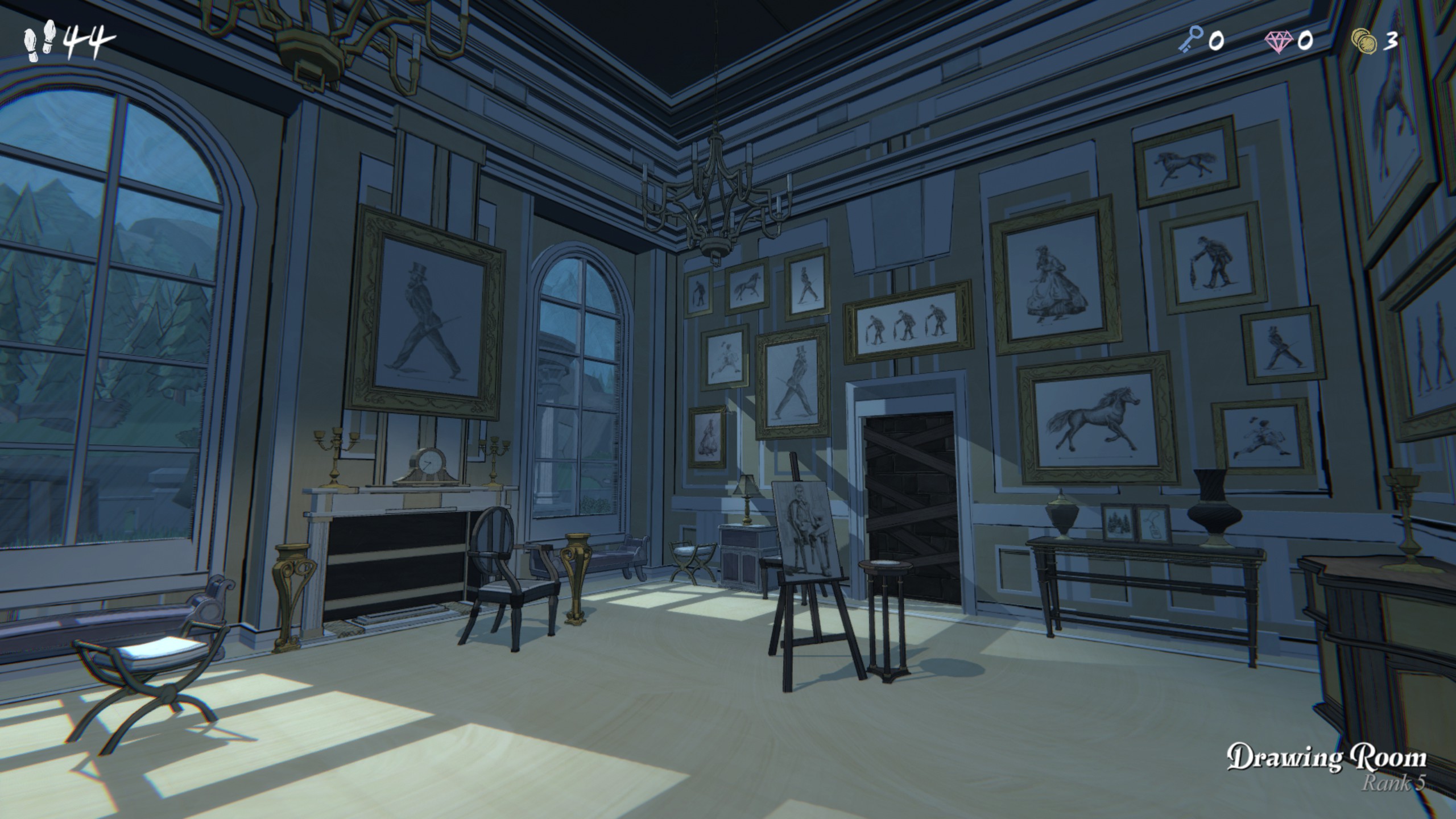
The mansion is full of puzzles but many aren't confined to a single room. You might see a clue days before you see the puzzle it helps with. Observe everything, write down what you see, take screenshots of letters and photos. Build a stockpile of information about the house you can refer back to later down the line.
Some rooms will only show up in some areas of the house
Some rooms you can draft wherever you want, others will only appear in certain areas. Logic can help: where in a house would a garage be built, for instance? Probably not right in the middle surrounded by other rooms: how would you get the car into it? Consider where in the mansion you're standing when you're drafting and it might explain why certain rooms show up and others don't.
Always be thinking about your next run
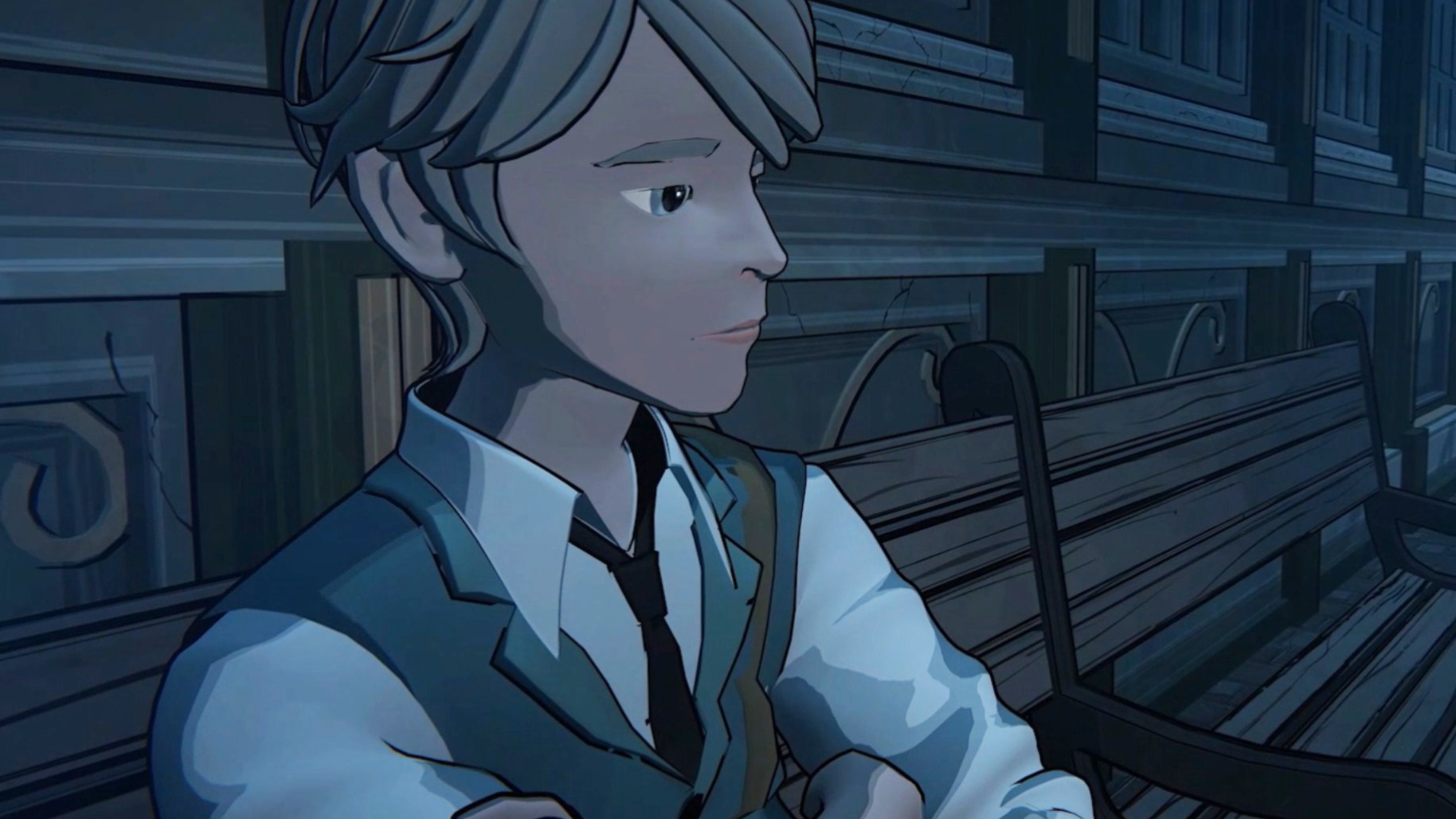
Think of Blue Prince as a co-op game you play with your future self: do what you can today to make tomorrow easier. A mailroom is an empty dead-end today, but tomorrow it'll be filled with goodies, so draft it even if it halts today's progress. Give up on reaching the antechamber if it means using your final steps to carry an upgrade disk to a distant terminal, because you'll be able to improve a room you'll use in your future runs. Leave an important key in the coat check so it'll be easier to find tomorrow or the next day. Your future self will thank you.
The entrance hall has more than three doors
There's also the door you came in. At the start of each day, the camera slowly pushes in through the front door into the entrance hall… so you can turn around immediately and walk right back out of the mansion. There's stuff out there, ultimately a lot of stuff, and you can't access most of it yet, but it's well-worth exploring a bit in your early hours with Blue Prince.
The biggest gaming news, reviews and hardware deals
Keep up to date with the most important stories and the best deals, as picked by the PC Gamer team.

Chris started playing PC games in the 1980s, started writing about them in the early 2000s, and (finally) started getting paid to write about them in the late 2000s. Following a few years as a regular freelancer, PC Gamer hired him in 2014, probably so he'd stop emailing them asking for more work. Chris has a love-hate relationship with survival games and an unhealthy fascination with the inner lives of NPCs. He's also a fan of offbeat simulation games, mods, and ignoring storylines in RPGs so he can make up his own.
You must confirm your public display name before commenting
Please logout and then login again, you will then be prompted to enter your display name.

